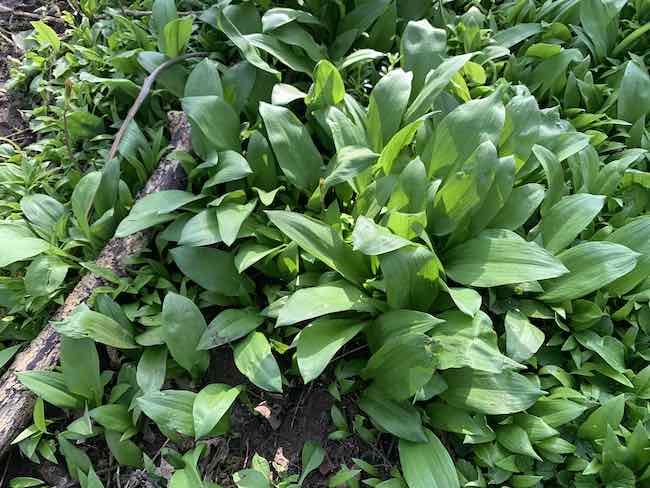Dealing with difficult garden weeds. Marestail, Bindweed, Couch grass and Wild garlic
Some garden weeds can be a real problem. The GardenAdvice team explain how to deal with 4 of the most difficult garden weeds.

Horsetail or Marestail
( Equisetum arvense )
This is one of the most difficult weeds to eradicate in the garden situation. Once spotted it is important to go to work immediately to eradicate it. A perennial weed that grows in a wide variety of places from, boggy ground to sand dunes. It has two types of growth, in spring brown asparagus-like shoots, appear with cones at the tips and these produce spores. Later the more familiar thin green, branched stems appear and these remain until the winter. Both are produced from creeping underground rhizomes, which go down about 1.5 metres.
It is resistant to most weedkillers, but Glyphosate (trade name Roundup) may have some success after repeated treatment. The GardenAdvice team has had some success by crushing the stems to break the waxy surface and then applying Glyphosate in the form of Roundup with a small paintbrush. Glyphosate has the advantage of keeping the plant alive whilst the chemical travels from one cell to another in the plant before killing it. Persistent applications will kill it after 5 months.
In areas Horsetail or Marestail has taken over an area such as a flower bed a more organic and less time-consuming way to start to treat it is to lay and peg down some landscape or weed sheeting over the whole area and leave for a year. If required the sheeting can be covered with some bark or gravel. After a year the area should contain 95 per cent less Horsetail or Marestail and be easier to control
Hedge and field Bindweed
( Calystegia sepium and Convolvulus arvensis)
Bindweed is a difficult plant to control, however with the use of glyphosate (trade name RoundUp) it is possible to eradicate it fairly quickly.
It’s a climbing herbaceous perennial, spreading by creeping underground stems, which root readily into virgin soil. Before the use of chemicals such as glyphosate digging it out was the best way to control it. The main problem with this method is that every small piece of root left turned into a new plant. With the roots being brittle it is almost impossible to remove the entire root, so inevitable after a short period the problem returned only this time it had become at least twice the size. As with Mares tail, it is best to apply the glyphosate with a small paintbrush directly to the leaves. Unlike Mares tail, it should only take one or two applications to control the bindweed.
Other methods include hoeing repeatedly to exhaust the bindweed as new stems appear. The two different types of bindweed as self-explanatory. One is more inclined to climb than the other but the control is the same.
Couch grass
(Dog’s Grass, Twitch)
(Agropyrum repens, syn. Elymus repens)
The most common of our difficult weeds the couch grass is a perennial grass with creeping underground stems with small fibrous roots at every joint.
You can find couch grass in most gardens, under hedges at the back of the borders. It’s not a major problem until it becomes unchecked. Then over some time it takes a firm grip and starts to spread rampantly
On large areas containing couch or in-between shrubs, the GardenAdvice team tend to roughly. Then allow the remaining roots to re-shoot we spray with glyphosate (trade name RoundUp) and allow the systemic action to kill the couch over about 6 weeks. As with bindweed, two applications might be needed.
A more organic method of control for Couch grass in large areas such as a flower bed a more organic and less time-consuming way to start to treat it is to lay and peg down some landscape or weed sheeting over the whole area and leave for a year. If required the sheeting can be covered with some bark or gravel. After a year the area should contain 95 per cent less Horsetail or Marestail and be easier to control
Wild Garlic
(Allium ursinum)
Although a useful plant for cooking over the last few years it’s started to become a real problem in some gardens. Spreading rapidly and being almost impossible to control with chemical methods. As you start to stop the plants from growing it’s important to dig them out including the wild garlic bulbs. Once it has control of an area in your garden the only real solution is to use landscape or weed sheeting to smoother it and kill it through lack of sunlight for 12 to 18 months




















